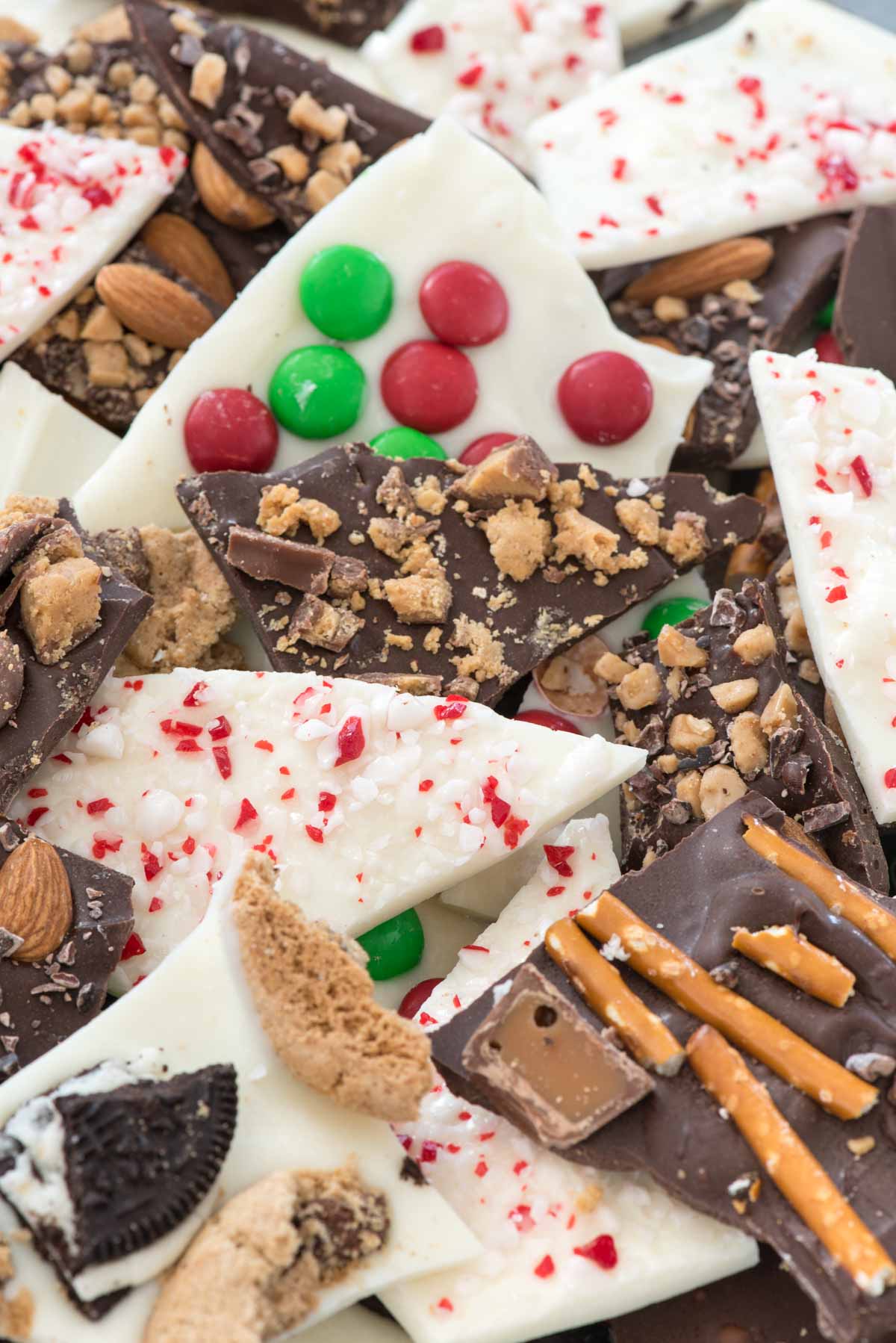Fukuoka, Japan makes a big headline at this year’s Asia’s 50 Best Restaurants press conference. Three-time Asia’s 50 Best Restaurant title-holder chef Gaggan Anand announces the plan to close his eponymous restaurant in Bangkok in 2020 and partners with Kyushu-based Takeshi Fukuyama of innovative La Maison de la Nature Goh to open a 10-seat restaurant in Fukuoka.

Maison de la Nature Goh
2-26 Nishinakasu Chuo-Ku, Fukuoka
Tel +81927240955, Website
Before all this, Fukuoka is a city carelessly cited by food tourists only for its famous Tonkotsu ramen. In fact, beside its ever buzzing, neon-lit streets lined with vinyl-covered food stalls and a hedonistic attitude to eating, drinking and cooking, Fukuoka merits from being the food transport hub of subtropical Kyushu Island.
Kyushu-mae sushi
The warm-water sea of Kyushu is home to at least 300 edible marine species that are caught and shipped daily to Fukuoka’s Nagahama Fish Market. Celebrating the region’s bountiful cycle of sea and land produce, Kyushu chefs develop their own style of sushi making called Kyushu-mae. The most notable difference between Kyushu-mae and Edo-mae (Tokyo style) sushi is the use of salt and citrus in place of soy sauce. Also, while Edo-mae sushi is traditionalised by the serving of various Bluefin tuna cuts, boiled Kuruma prawns and vinegar-cured gizzard shads, Kyushu-mae sushi is not.
The top destination for Kyushu-mae sushi (and my most favourite sushi restaurant in Japan) is Tenzushi. With unbridled creativity, owner-chef Isao Amano makes sushi for an optimum of taste and an outlandish presence. Not only does he define the taste profile of his Nigiri with the use of Kyushu-grown Kabosu citrus – a technique derived from his late father – Amano also frequently piles on many other unusual ingredients atop his sushi.
The chef’s choices and treatments for sushi toppings are also departures from the Edo-mae tradition. For example, he elevates local and inexpensive Aka squid into a piece of bejeweled wonder. The squid is scorched into unbroken ribbons and parboiled to curl as if tentacles. It is finished off with amber Tobiko roe, sea urchin and three-flavoured sesame seeds. There is also a mind-boggling play on temperature for Amano’s Nigiri, making a meal at Tenzushi a rollercoaster of taste, texture and temperature. This generational no-Michelin-star, 6-seat sushi bar is already the shrine for sushi pilgrims all over Japan as well as a string of regulars from overseas, including Asia’s Best Gaggan Anand.

Tenzushi
3-11-9 Kyomachi Kokurakita-Ku, Kitakyushu
Tel. +81935215540
Another Kyushu-mae sushi institution is Morita. 81-year-old chef Nobuo Morita is sometimes referred to as the Jiro of Kyushu-mae sushi. Having worked under the father of Tenzushi’s Amano, Morita also uses Kabosu for seasoning, but his choices for Nigiri toppings differ from Tenzushi. Kelp-layered herring roe – Komochi Kombu in Japanese – is paired with avocado and a touch of Shichimi pepper; or, oyster is steamed à la minute and served as Gunkan-maki with sweet sauce.
Morita
2-5-17 Uomachi Kokurakita-Ku, Kitakyushu
Tel. +81935311058
Horsemeat, Yakitori, et al
Despite the region’s own sophisticated style of sushi, the local in Fukuoka are more likely to be seen devouring obscure cuts of BBQ meat with chilled draught beer in one hand.
Hidden behind a minuscule teahouse-like entrance in Fukuoka’s buzzing nightlife district is horsemeat specialist restaurant Umayaki Kōshinraku. The Gaijin-friendly husband-and-wife team comes from Kumamoto, a prefecture known for rearing the best horses in Japan, and serenades a boozing crowd with a nose-to-tail horsemeat menu. I am awed by fragrant horse liver and marbling sirloin – a worthy alternative to high-grade Shimofuri wagyu! Both are served thinly sliced and raw.
The owner chef at Kōshinraku also uses horsemeat as clever spins for dishes familiar to the Japanese taste bud. For example, horse tartare seasoned with egg yolk and fermented beans and a tongue-twitching horsemeat curry rice. The most popular dish, it appears, is a selection of horsemeat – cheek, rib, tripe, and so on – to be flash-grilled on a portable skillet stove.

Umayaki Kōshinraku
3-1 Nishinakasu Chuo-Ku, Fukuoka
Tel. +81927916455
For a more humble, but equally daring meat fest, I head for Kawaya for Kyushu-style Yakitori (grilled chicken skewers) and Yakiton (grilled pork offal skewers). Torikawa skewers are the signature dish here, and Kawaya makes no effort at hiding how popular these skewers are by stacking nearly a hundred of them up in a tray atop the grill counter. The skewers are made from long strips of chicken skin with slivers of meat still attached. They are grilled twice – the first to just cook the meat and the second to crisp up the skin. There are more adventurous skewers, such as Nankotsu (soft chicken bone), Fukuro (pig’s womb) and Suji (beef tendon). It is perfect with a pint of draught beer.
Kawaya
1-15-7 Shirogane Chuo-Ku, Fukuoka
Tel. +81925220739
Cult of Natural Wines
The local in Fukuoka also kindle a great enthusiasm for natural wines. Interestingly, when Japan developed a taste for European natural wines in the 1990s, Fukuoka was among the very first cities in Japan to start its own cult of natural wines. COQUINES is a long-standing French restaurant and wine bar with its own special relationship with France’s Clos de Tue-Bœuf and Les Cailloux du Paradis.
Akasaka Métro is noted for its impressive range of Jura-based Kenjiro Kagami of Domaine des Miroirs and a handful of rare natural Japanese wine labels from Yamanashi-based Eishi Okamoto of Beau Paysage.
COQUINES
3-4 Sohara Sawara-Ku, Fukuoka
Tel. +81928468410
Akasaka Metro
1-13-28 Akasaka Chuo-Ku, Fukuoka
Tel. +81927247555
Trendy, but intimate standing bar ECRU, which doubles as a coffee shop, carries charismatic labels from Pierre Beauger, to Alexandre Jouveaux, to Tom Shobbrook.
ECRU
3-4-1 Tenjin Chuo-Ku, Fukuoka
Tel. +81927916833, Website
Tonkotsu ramen, if you want to!
Yet, to the world, Fukuoka is famed as the birthplace of Tonkotsu, a thin-thread ramen noodle in thick, collagen-rich pork bone broth. In fact, the Tonkotsu of Fukuoka-born ramen brands, such as Ippudo, Kanada-ya and Yamagoya, have made their marks worldwide. Therefore, it is no surprise that many ramen worshippers, aided by an annually printed “Ramen Walker” guidebook, would journey to this motherland of Tonkotsu and hunt down the geekiest bowls of ramen.
The most mythical Tonkotsu I have savoured in Fukuoka is at Genki Ippai. However, with its sliding glass doors always nearly fully covered with white blinds, and no sign whatsoever, the name of the restaurant is of no importance. The opening days are also irregular, depending on the quality of the broth. Therefore, a hoard of hungry diners can only look out for a sky blue bucket that the endearingly OCD chef will hang at the front of the advertised address to signal that the restaurant is open.
At Genki Ippai, there is only one dish – Tonkotsu with Chashu pork, rehydrated wood ear mushrooms and spring onions – but there are many rules – “No camera”, “No phone”, “Drink soup before eating noodle”, “Do not add spicy mustard green pickles before eating noodle”, and “Do not ask the chef about ingredients”. But, the taste of Tonkotsu at Genki Ippai is magic and full of unimaginable porky depth. Despite the thickness of the broth, it is not unappetisingly oily. The high heat of the broth also acts to soften the Chashu to perfectly melt in my mouth. It makes all the idiosyncratic ramen etiquettes worth tolerating.
Genki Ippai
4-31 Shimogofukumachi Hakata-Ku, Fukuoka
No phone
For a less cultish fare, Hakata Issō also serves lip-smacking Tonkotsu but in a stress-free environment. The Yamada brothers who own the restaurant believe in using only locally sourced produce. The broth at Hakata Issō is prepared with a modern twist. The old, concentrated broth and the thin, freshly made broth are mixed together and transferred across three cooking pots – a very particular technique now known as Ramen Cappuccino – which makes the Tonkotsu light and frothy. Similar to most ramen restaurants, diners can freely add the toppings of their choice.

Hakata Issō
3-6-1 Hakata-Ekihigashi Hakata-Ku, Fukuoka
Tel. +81924727739, Website, Facebook Page


